Product Use Guidance & Training
Professional guidance to help you apply every drop of adhesive efficiently
At Kelan, we know that the correct use of adhesives is essential for product quality and production efficiency. Therefore, we provide customers with comprehensive use guidance and training services, covering major application fields such as furniture, textiles, automobiles and packaging, to ensure that you can use our products with ease and get twice the result with half the effort.
🎓Training and Support Services
We provide the following training and support services to our customers to ensure that you can use our products correctly and efficiently:
Operation video tutorial
Provide operation videos for various products, visually demonstrating the usage methods.
Technical support
Provide online or telephone technical support to answer any questions encountered during use.
On site training
Arrange professional technical personnel to conduct on-site training according to customer needs.
Customized training program
Develop personalized training plans based on the specific needs of customers.
🪑Guidance on the use of adhesives in furniture industry
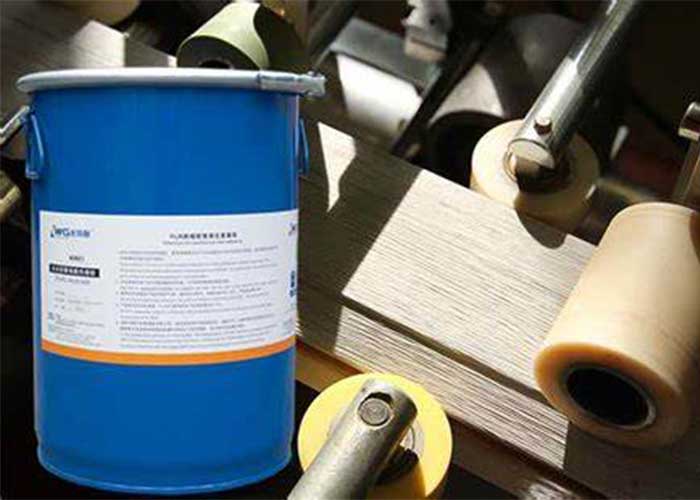
1. PUR hot melt adhesive (polyurethane hot melt adhesive)
Applicable scenarios: Furniture edging, veneering, laminating, etc.
Usage suggestion:
Preheating equipment: Ensure that the hot melt adhesive equipment is preheated to the recommended temperature (usually 120 ° C to 140 ° C).
Glue application method: Roll coating or spray coating is used to ensure a uniform adhesive layer.
Pressing time: After gluing, the pressing should be completed within the opening time, usually 30 seconds to 2 minutes.
Curing process: PUR hot melt adhesive is cured by reacting with moisture in the air, and complete curing may take 24 hours.
2. Edge Bonding Adhesive
Applicable scenario: Edge banding of furniture.
Usage suggestion:
Glue application temperature: Keep within the recommended temperature range and avoid being too high or too low.
Glue application amount: Adjust the glue application amount according to the material type to ensure the bonding strength.
Compression pressure: Apply appropriate pressure to ensure that the edges are tightly adhered.
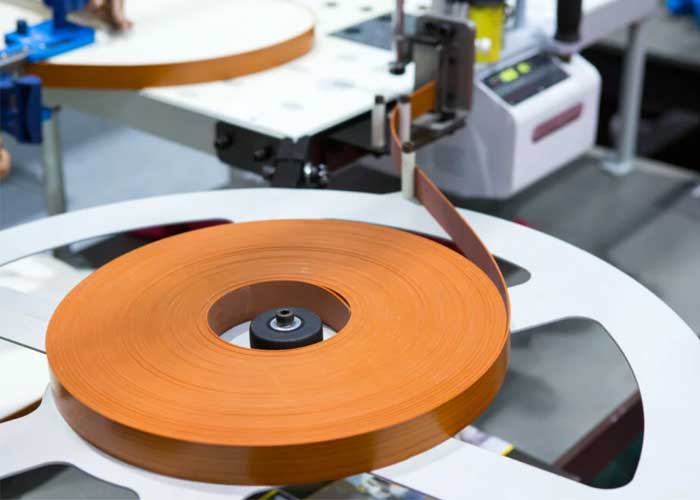
👕 Guidelines for the use of adhesives in the textile industry
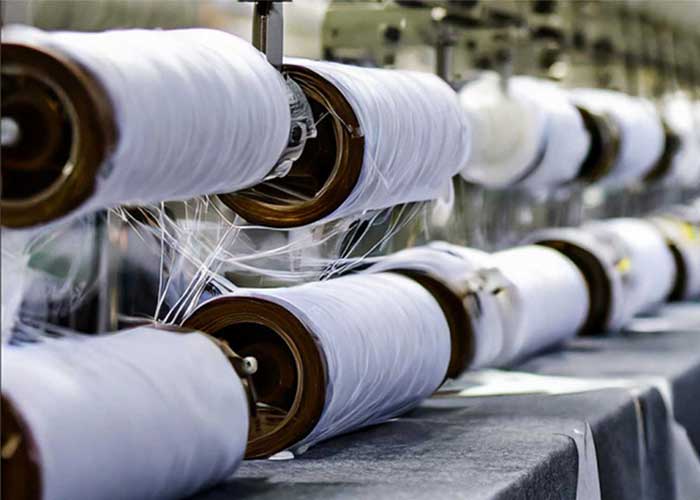
1. Hot Melt Adhesive Film
Applicable scenarios: seamless clothing, functional fabric lamination.
Usage suggestion:
Temperature control: Set the appropriate hot pressing temperature (usually 120 ° C to 160 ° C) based on the type of adhesive film.
Pressure and time: Apply uniform pressure, and the hot pressing time is usually 10 to 20 seconds.
Cooling treatment: After hot pressing, cooling treatment should be carried out to ensure firm adhesion.
2. Waterborne Compound Adhesive
Applicable scenario: Composite of fabric and film materials.
Usage suggestion:
Glue coating method: Use scraping or rolling coating to ensure a uniform adhesive layer.
Drying process: After coating, appropriate drying treatment should be carried out to avoid residual moisture affecting the bonding effect.
Composite time: Composite is carried out when the adhesive layer is dry and not sticky to the hands, ensuring the bonding strength.
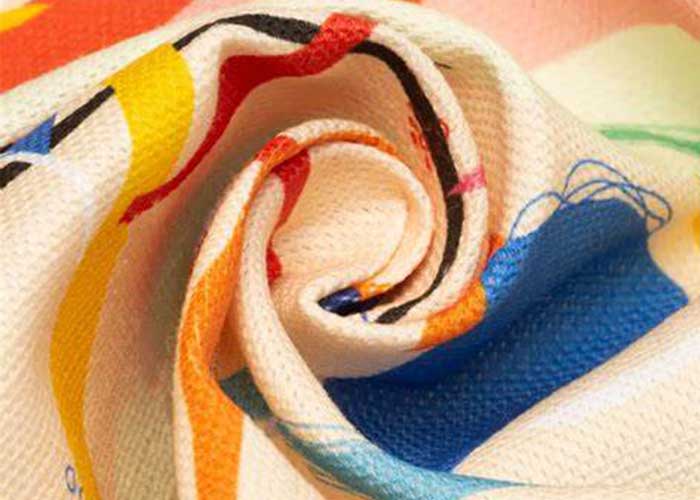
🚗Guidelines for the use of adhesives in the automotive industry
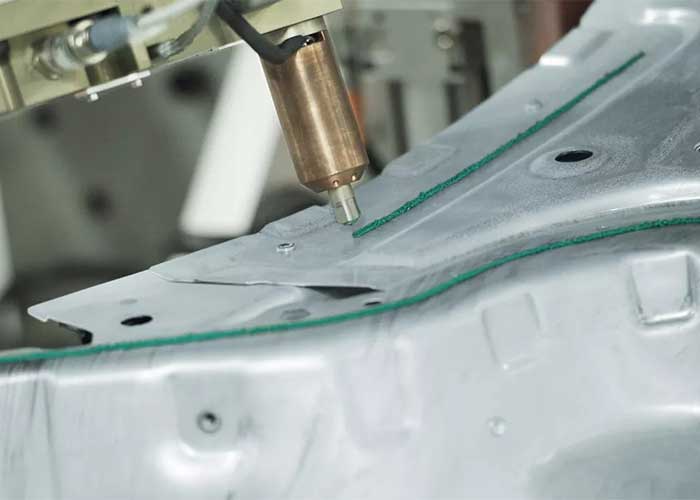
1. Lamp Assembly Glue
Applicable scenarios: Sealing and bonding of automotive lighting fixtures.
Usage suggestion:
Surface treatment: Ensure that the bonding surface is clean, dry, and free of oil stains.
Glue application method: Use glue or line glue to avoid the generation of bubbles.
Curing conditions: Control the curing time and temperature according to the product instructions to ensure sealing performance.
2. Waterborne Compound Adhesive
Applicable scenarios: body seams, door and window sealing.
Usage suggestion:
Glue application equipment: Use specialized glue application equipment to ensure even glue lines.
Curing time: Adjust the curing time according to the ambient temperature and humidity to avoid premature movement affecting the sealing effect.
Post treatment: After curing, necessary polishing or coating treatment can be carried out.
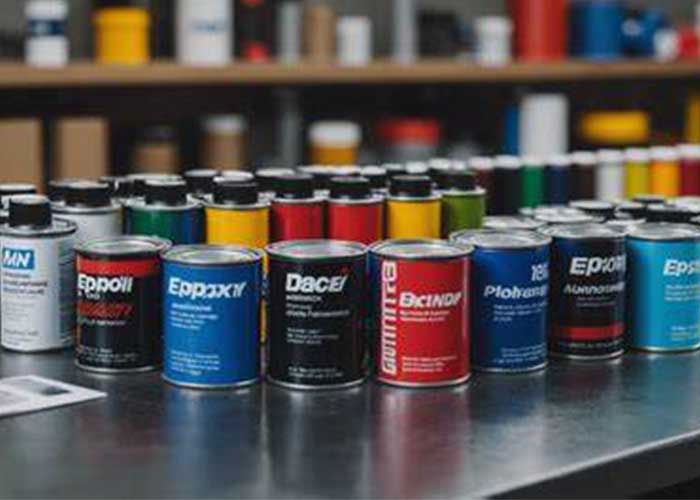
📦Guidelines for the use of adhesives in the packaging industry
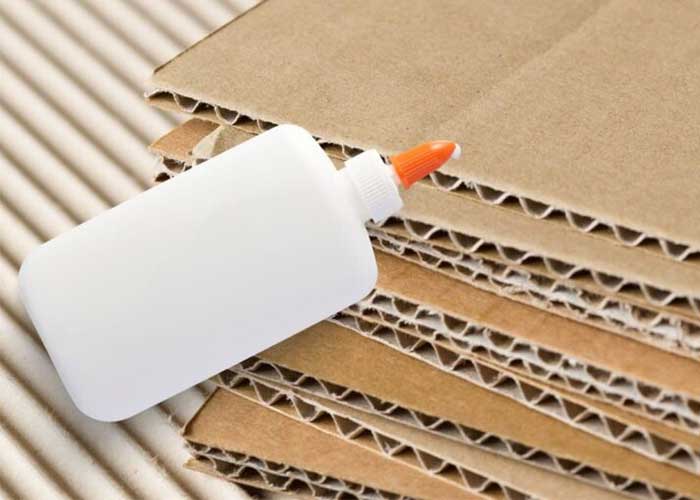
1. Carton Glue
Applicable scenarios: carton sealing, carton bonding.
Usage suggestion:
Glue application temperature: Maintain within the recommended temperature range, typically 160 ° C to 180 ° C.
Glue application amount: Adjust the glue application amount according to the material and thickness of the cardboard box to avoid penetration or weak adhesion.
Pressing time: After applying the adhesive, it should be pressed immediately to ensure a firm bond.
2. Label Adhesive
Applicable scenarios: label pasting, barcode label bonding.
Usage suggestion:
Surface treatment: Ensure that the surface to be pasted is clean, dry, and free of oil stains.
Glue application method: Spray or roll coating is used to ensure a uniform adhesive layer.
Adhesive pressure: Apply appropriate pressure to ensure that the label is tightly adhered to the surface.
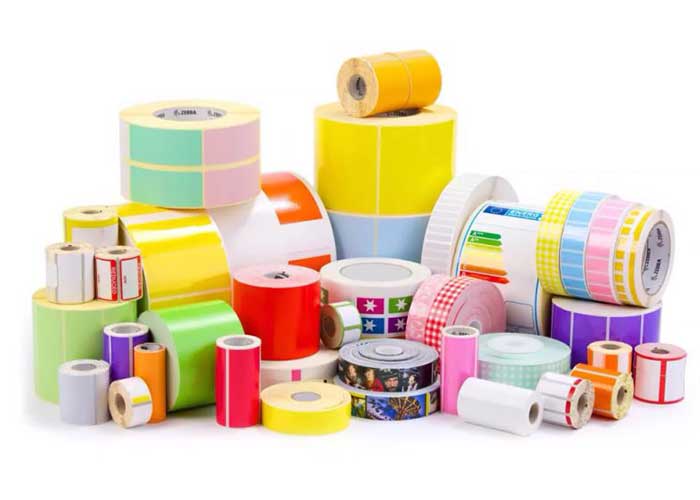
🔧 Equipment Setup & Maintenance
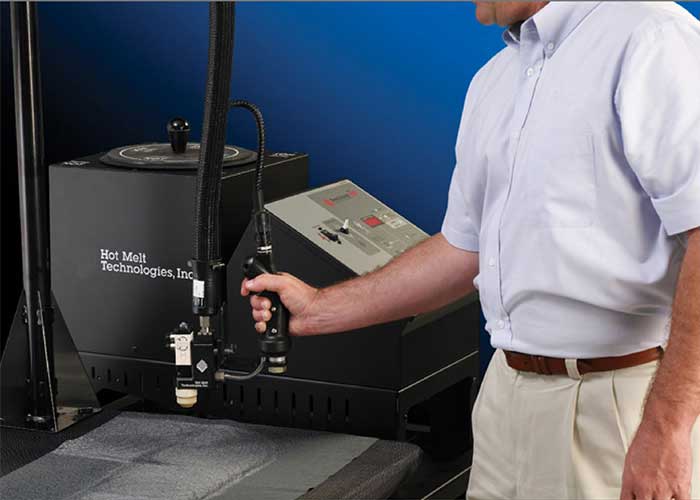
1. Hot Melt Appliator device calibration
Temperature setting:
· PUR:120–140 °C
· EVA:160–180 °C
· APAO/PSA:90–130 °C
Pressure and flow rate: Based on the equipment model and nozzle diameter, refer to the manufacturer’s recommended parameters to maintain smooth dispensing.
Nozzle cleaning: After each shift, use a dedicated cleaning agent to wipe the nozzle to prevent glue blockage.
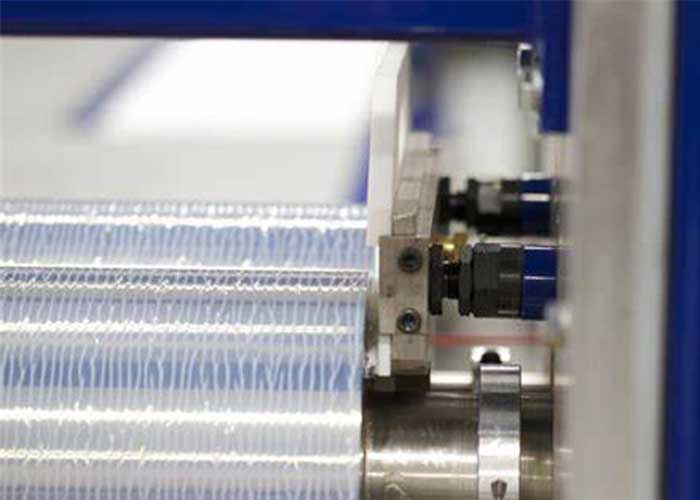
2. Roller Coating&Lamination Machine Maintenance
Roller maintenance: Regularly check whether the roller surface is uniform. If there is adhesive layer accumulation, clean it with a non damaging cleaning agent.
Tension adjustment: Adjust the tension of the upper and lower rollers according to the thickness of the film and substrate to avoid stretching or wrinkling.
Temperature balance: Ensure that the temperature in the preheating zone and the pressing zone is stable to avoid poor adhesion caused by differences before and after.
🛠️ Common Troubleshooting
| Problem | Possible reasons | Solution |
| Insufficient adhesive strength | The glue temperature is too low; The substrate is not cleaned; The opening time is too short | Raise the temperature by 10 ° C; clean the surface of the substrate; Extend the glue opening time |
| Surface blistering or pinholes | Adhesive contains gas; The substrate humidity is too high | Use a defoamer to process the rubber material; Ensure that the substrate is dry |
| Rubber wire drawing | Excessive glue temperature; Insufficient adhesive pressure | Reduce temperature by 5-10 ° C; increase adhesive pressure |
| Edge raised | Insufficient bonding pressure; Insufficient opening time | Increase the compression pressure; Appropriately extend the glue opening time |
| Nozzle blockage | Failure to clean in a timely manner; Use low-quality cleaning agents | Using professional cleaning agents, thoroughly clean after work |
📚 Downloadable Resources
Operation Manual (PDF)
Detailed equipment parameters, operating procedures, and precautions.
Application Data Sheets
Test reports on the adhesive performance of various products on different substrates.
Video Tutorials
Scan the code to watch demonstrations of operations in scenes such as furniture, textiles, automobiles, packaging, etc.
Troubleshooting Guide
Summary of common troubleshooting flowcharts and solutions.
Request a Quote
Learn More From
Frequently Asked Questions
Absolutely. We encourage all potential partners to test product samples before ordering. Simply send us your application details or substrate material, and we’ll recommend and dispatch the most suitable adhesive grade.
Yes. Kelan offers free application consulting, including:
Glue compatibility evaluation
Recommended application temperature, pressure, and equipment
Troubleshooting (e.g., bubbling, edge lifting, poor adhesion)
On-site or video training upon request
Our engineers have supported clients in over 30 countries.
For regular models:
Adhesive: MOQ starts from 500kg
Packaging accessories: MOQ varies by item (e.g., 200 rolls of protective film)
We support flexible trial orders for new customers.
Moisture-proof drums, cartridges, or foil packs for PUR adhesives
Palletized and shrink-wrapped loading
Export-standard outer cartons with your logo (upon request)
Available FOB, CIF, DDP or EXW shipping terms
Our logistics team is experienced in global delivery.
In-stock items: Ship within 1–3 business days
·Customized orders: Production time is usually 7–15 days, depending on quantity and complexity
·OEM orders: Logo printing or special packaging requires 3–5 extra days
We maintain buffer stock of standard SKUs to ensure on-time delivery.
Yes! We offer:
Customized formulas (e.g., viscosity, curing speed, color)
·Packaging with your brand/logo
·Barcode, instruction manual, carton design
·Exclusive agency or regional distributor agreements
We help clients build their own adhesive brand.
While we currently do not hold global certifications like ISO/UL/SGS, our adhesives comply with RoHS, REACH, and EU safety standards, and we can provide third-party test reports as needed.
If certification is a key requirement, we can cooperate with your local lab or arrange customized testing per order.
